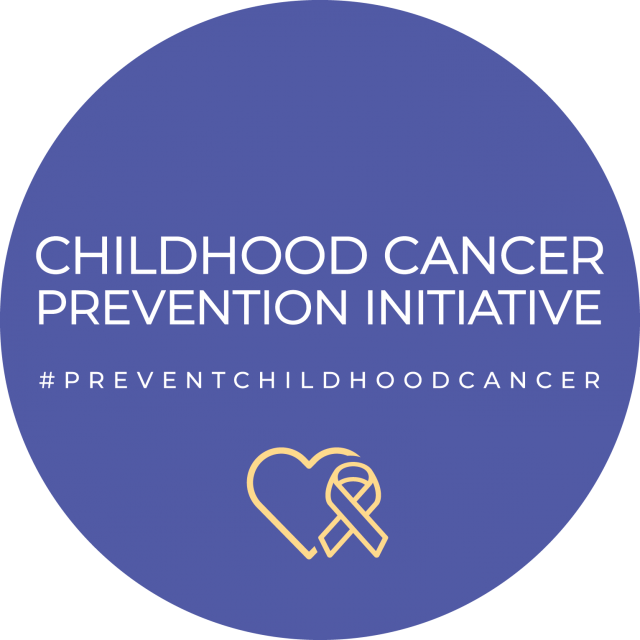Childhood Cancer Prevention Initiative
Childhood Cancers Are on The Rise
Did you know that cancer is the leading cause of death by disease among children in the United States?
While it’s true that fewer children are dying of cancer than in the past, the rate of children being diagnosed with cancer has actually increased by 34% since 1975.
Because of the important work of leading scientists and health professionals, we know that toxic chemicals in the environment and in the places where children live, learn and play are important risk factors for cancer, and that genetics alone cannot explain the rate of increase. It’s time to take action!
Due to the significant increase in the rate of childhood cancers, a team of over 60 stakeholders and leaders in the Health, Science, Business, Policy and Advocacy sectors have collaborated on a new report: Childhood Cancer: Cross-Sector Strategies for Prevention.
“We do not know which of these 85,000-plus chemicals may be driving increases in the incidence of childhood cancers. We are flying blind with no instruments. We must act now on the urgent need to confront the rising incidence of cancer in America’s children. We need to launch a National Cancer Prevention Plan—a second front on the War on Cancer—a powerful program of intervention against the root causes of childhood cancer that will complement and sustain the great advances we have made in cancer treatment.
— Philip J. Landrigan, MD, MSc, FAAP Director, Program in Global Public Health and the Common Good, Boston College Director, Global Observatory on Pollution and Health Professor of Biology, Schiller Institute for Integrated Science and Society, Boston College Professor Emeritus of Pediatrics and Preventive Medicine, Icahn School of Medicine at Mount Sinai”
Sufficient Evidence Warrants Preventative Actions
During the research and development stage of this seminal report, it became clear that there is a growing need to take action based on these alarming findings through a cross-sector effort to reduce toxics in the form of a National Childhood Cancer Prevention Initiative and Plan.
The Childhood Cancer Prevention Initiative is a growing collaboration that includes members of the Cancer Free Economy Network — American Sustainable Business Council, Center for Environmental Health, Children’s Environmental Health Network, Clean & Healthy New York, Clean Production Action, and the Lowell Center for Sustainable Production — as well as Helen R. Walton Children’s Enrichment Center, MadeSafe, the Max Cure Foundation, Naturepedic.
We are asking everyone to sign on at American Sustainable Business Council (ASBC) to support:
- Securing funding for cancer prevention research;
- Monitoring children’s exposures to toxic chemicals and pollution;
- Ensuring that all children have access to schools, playgrounds and childcare settings that are free from toxic substances.
- Businesses that create and use safer chemicals and products that don’t cause cancer or other illnesses for children.
- Public policies to regulate toxic chemicals and incentivize safe chemicals, materials and products.
“When I think of what my life was like growing up versus what it is now, the differences are very striking. We didn’t have an exterminator, we didn’t have herbicides for use in the garden. We didn’t have non-stick pans or plastics enveloping all of our food products. Infants do not smoke, drink alcohol or have stressful jobs. Are the rise in children’s cancers related to the ocean of chemicals in which we now live?”
— Dr. Margaret Kripke, Professor Emerita University of Texas – MD Anderson and former Panelist of the President’s Cancer Panel
Take Action, Say YES to Preventing Childhood Cancer
You can make a difference today:
- Donate to support our work to reduce the number of children and families facing this devastating diagnosis. Donations will be made through the Cancer Free Economy Network’s fiscal host, Clean Production Action, a 501(c)3 organization;
- Produce and purchase safer chemicals and products;
- Invest in prevention research;
- Advance public policy to incentivize safer chemicals and products;
- Support and expand regulations to reduce known causes;
- Share the Childhood Cancer Prevention Video to start a conversation with your friends and family;
- Use our Social Media Toolkit and share messages of support using #PreventChildhoodCancer in your social media posts to call attention to these critical efforts, and follow our progress;
- Download and share the One Pager in English and Español.


